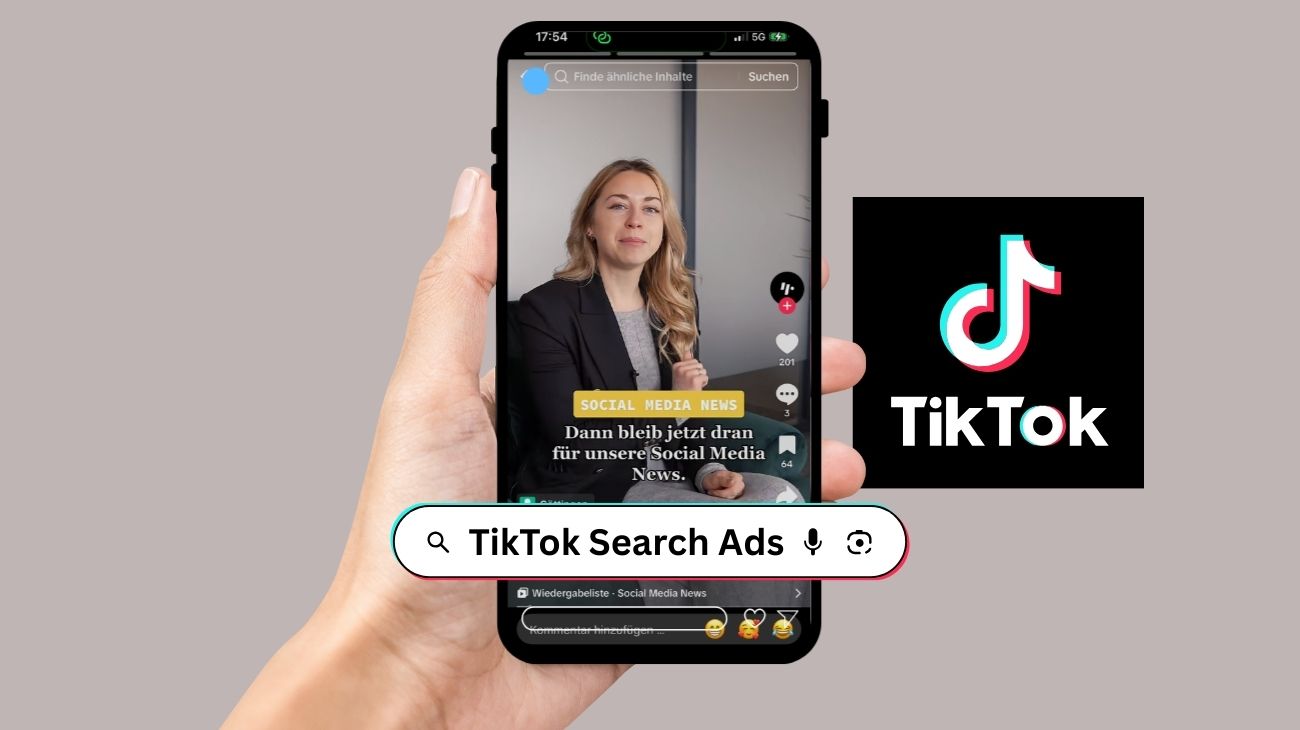Advertising labeling: This is how it works!

How to properly tag paid posts and collaborations on Instagram!
Advertising on Instagram is becoming an increasingly important topic in influencer marketing. Every user must be able to clearly identify which post, story or other video format was created in cooperation with a brand and is therefore considered advertising. Thus, companies and influencers have to pay more and more attention to labeling the cooperation correctly and to enable transparency for their community. But why is labeling so important and what content needs to be labeled as advertising? The Association of Social Competition has published a new draft law that should now answer precisely these questions.
Why is proper advertising identification so important?
Users must clearly understand at all times that a post is designed to encourage them to make a purchase. Users want to know whether an influencer’s recommendation resulted from a paid collaboration or is the influencer’s voluntary opinion.
Of course, influencers make it a point to also rate paid collaborations honestly and authentically. But for users, this makes a big difference. Thus, recommendations from influencers that arise independently of a collaboration with a brand are usually rated higher than a paid collaboration.
The Association of Social Competition has been dealing with this issue for some time now and says that all recommendations with a consideration in any form are considered advertising and must therefore be labeled as such. But the association warns influencers who do not label these recommendations, which were published without consideration, as advertising – because it is not.
This is exactly what happened to our exclusive blogger Luisa-Maxime Huss. She was warned by the Association of Social Competition because she linked brands and did not mark this posting as advertising. This advertising took place under no consideration, which is why it was not marked as such.
Because of this, there is a lot of uncertainty on the part of influencers, and so many influencers have started to label every post as advertising. This damages the credibility and authenticity of influencers, which is more important than ever in this day and age.
What counts as advertising on Instagram?
On Instagram, all posts for which the influencers receive something in return are simply considered advertising. No distinction is made here between photos, videos or stories. There is also no difference in the form of consideration. This consideration does not necessarily have to be in the form of a payment. For example, free products that are made available for the recommendation also count as consideration.
As soon as influencers offer discount codes, affiliate links as well as include swipe-up links in a format, this content must be clearly marked as advertising.
What is not considered advertising on Instagram?
In order to make the distinction clear, it is important to be aware of which postings are not considered advertising. On the one hand, the influencers’ own products, services or companies are not considered advertising. Here, it must also be clearly recognizable that it is the property of the influencers and their own company. On the other hand, posts that are appointed, shown or linked without commercial consideration are not considered advertising. These therefore do not have to be marked as such.
In addition, journalistic contributions for which there was no payment by third parties do not have to be labeled as advertising. This includes, for example, neutral product reviews or editorial reporting.
Our tips for correct advertising labeling
To be on the safe side, there are some important things to keep in mind for advertising labeling. We have compiled our tips to ensure the correct labeling of paid advertising.
“Advertisement” or “Advertising”
The term „Advertisement“ or „Advertising“ should be clearly visible in the post. For optimal advertising identification, it is advisable to place this directly at the beginning of a post. It should also be quickly visible in the Stories if it is an advertisement. These terms must be directly recognizable for every user.
Illegal advertising labeling
Inadmissible advertising labels are “Ad, In cooperation with, In partnership with, Thanks to”. It is better to do without these labels. However, designations such as “Sponsored by” are still uncertain. Until a final decision has been made in this regard, “advertising” and “advertisement” should be used for labeling purposes.
Conclusion
A new draft law states that a recommendation without consideration does not have to be marked. But if there is only the presumption that the recommendation was promised a consideration of any kind, this post must be clearly marked as advertising. At best, the advertisement should be mentioned at the beginning of each post as well as in the sequences of a story and placed clearly visible for every user.










 Sign up
Sign up 